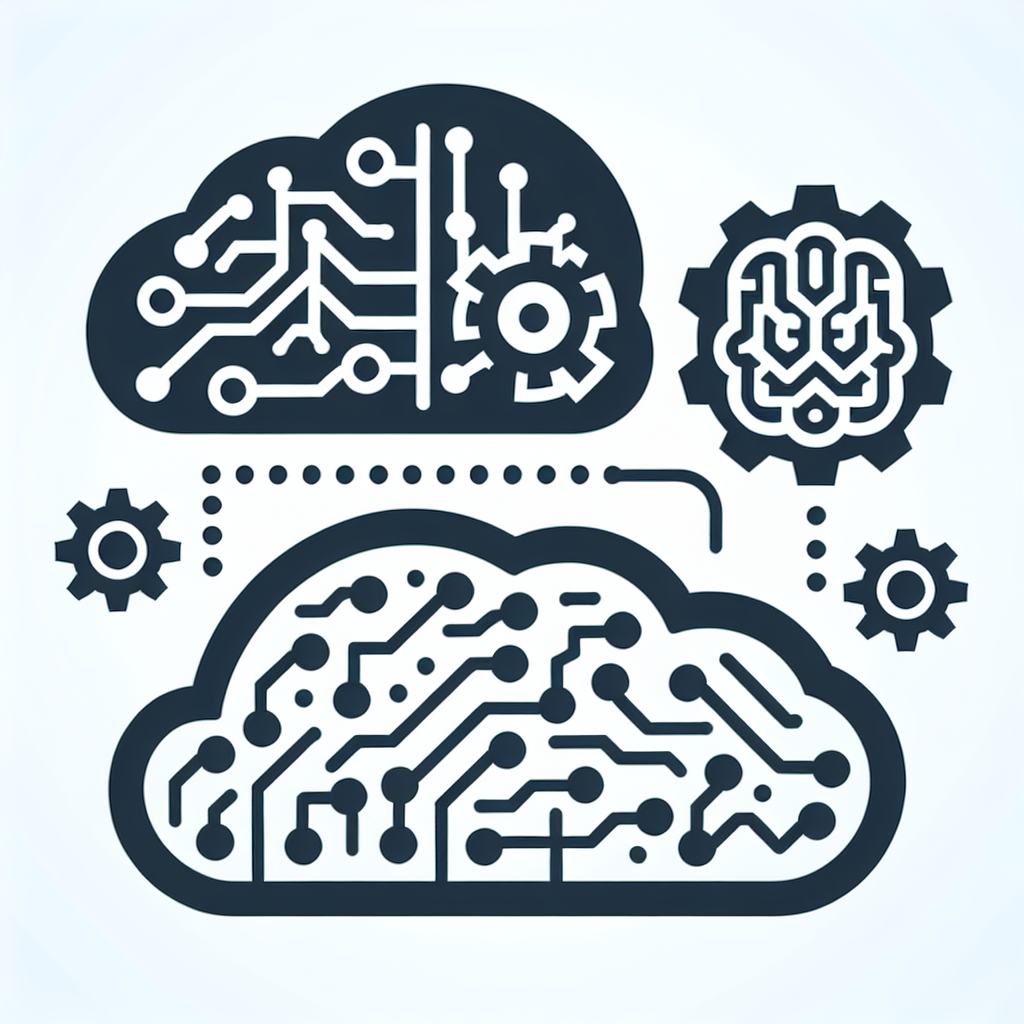In today’s fast-paced digital world, businesses are constantly looking for ways to streamline their operations and improve efficiency. One key area where automation can make a significant impact is in the management of cloud services. With the increasing complexity of cloud environments and the growing number of services available, keeping track of all the resources and their configurations can be a daunting task. This is where leveraging artificial intelligence (AI) for cloud service catalog automation can be a game-changer.
AI has the ability to analyze vast amounts of data quickly and accurately, making it an ideal tool for automating the management of cloud services. By using AI-powered algorithms, businesses can create a comprehensive catalog of all the services available in their cloud environment, including their configurations, dependencies, and usage metrics. This not only helps in improving visibility and control over cloud resources but also enables businesses to make more informed decisions about resource allocation and optimization.
One of the key benefits of leveraging AI for cloud service catalog automation is the ability to proactively identify and address issues before they impact the business. By continuously monitoring the cloud environment and analyzing data in real-time, AI algorithms can detect anomalies and potential problems, such as resource bottlenecks or security vulnerabilities, and alert administrators before they escalate. This proactive approach can help businesses avoid costly downtime and ensure smooth operations of their cloud services.
Another benefit of using AI for cloud service catalog automation is the ability to optimize resource usage and costs. By analyzing usage patterns and performance metrics, AI algorithms can identify opportunities for optimization, such as scaling resources up or down based on demand, consolidating underutilized resources, or switching to more cost-effective service options. This can help businesses reduce their cloud spending while ensuring that they have the right resources available when needed.
Furthermore, AI-powered automation can also improve the overall user experience by enabling self-service provisioning and management of cloud services. By integrating AI-driven chatbots or virtual assistants into the service catalog, businesses can empower users to easily request and configure cloud services on their own, without the need for manual intervention. This not only speeds up the process of service delivery but also reduces the burden on IT teams and allows them to focus on more strategic tasks.
Overall, leveraging AI for cloud service catalog automation can help businesses unlock the full potential of their cloud environments and drive greater efficiency, agility, and cost savings. By harnessing the power of AI algorithms to automate the management of cloud services, businesses can gain better visibility and control over their resources, proactively identify and address issues, optimize resource usage, and improve the user experience.
FAQs:
Q: How does AI help in automating the management of cloud services?
A: AI algorithms can analyze vast amounts of data quickly and accurately, enabling businesses to create a comprehensive catalog of all the services available in their cloud environment. This helps in improving visibility and control over cloud resources, proactively identifying and addressing issues, optimizing resource usage, and improving the user experience.
Q: What are the benefits of leveraging AI for cloud service catalog automation?
A: Some of the key benefits include improved visibility and control over cloud resources, proactive issue detection and resolution, optimization of resource usage and costs, and enhanced user experience through self-service provisioning and management of cloud services.
Q: How can businesses get started with leveraging AI for cloud service catalog automation?
A: Businesses can start by assessing their current cloud environment and identifying areas where automation can make the most impact. They can then explore AI-powered tools and platforms that can help in creating a comprehensive service catalog, monitoring and analyzing cloud resources, and automating routine management tasks.
Q: What are some best practices for implementing AI for cloud service catalog automation?
A: Some best practices include defining clear objectives and KPIs for automation, ensuring data quality and consistency, fostering collaboration between IT and business teams, continuously monitoring and optimizing the AI algorithms, and providing training and support for users to adopt the new automated processes.

